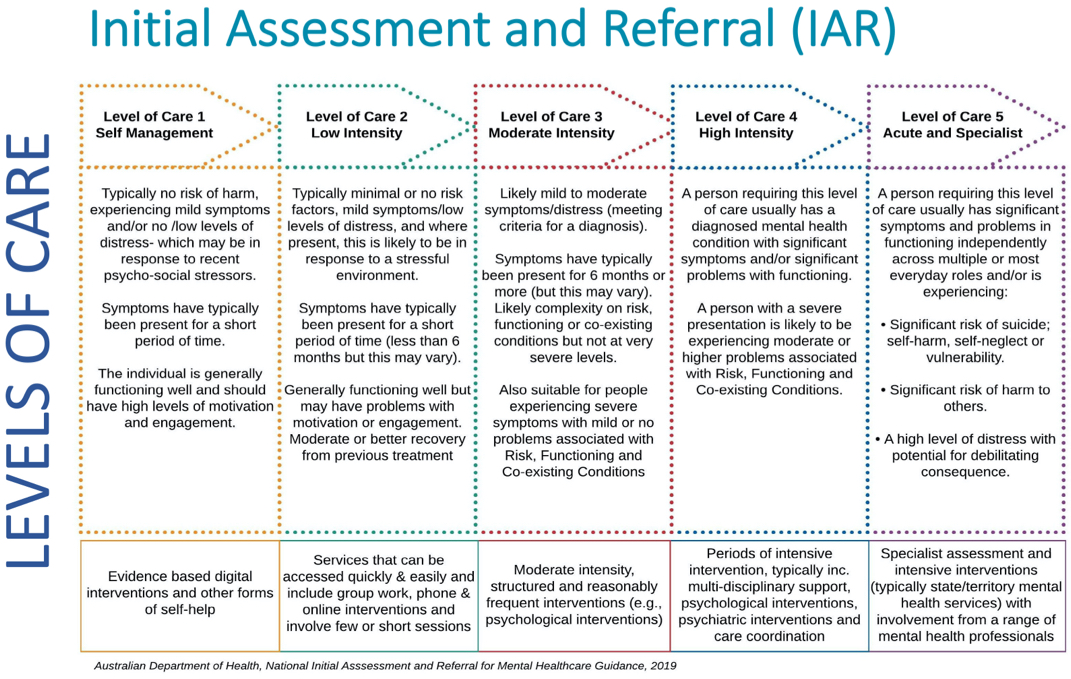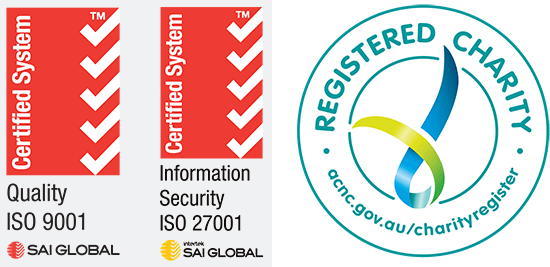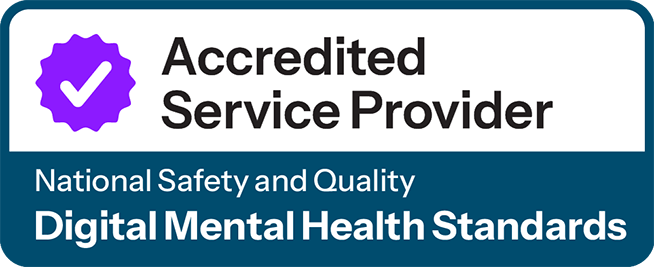
It can be challenging for GPs and other clinicians to determine the most appropriate level of care for patients with mental health concerns.
The Initial Assessment and Referral Decision Support Tool (IAR-DST) provides a standardised, evidence-based and objective approach to assist GPs and mental health clinicians with mental health care recommendations. The tool has been in use by the Head to Health intake team and other clinicians in the mental health sector since 2019.
The Australian Department of Health is now expanding its availability into primary care settings. North Western Melbourne Primary Health Network (NWMPHN) anticipates that use of the IAR-DST will become standard practice in many local settings in coming years.
How does the IAR-DST work?
The IAR-DST is a useful support to complement clinical judgement and assessment. It is used to assist clinicians to recommend the most appropriate level of care for a person seeking mental health support.
Using the IAR-DST to complement your clinical judgement will help align GPs and mental health clinicians in other parts of the mental health system to provide the best support and care for patients. This may help to avoid delays in connecting your patient to the right type of care.
The tool is designed to provide advice relating to initial assessment and intake, across 8 diagnostic domains:
- Symptom severity and distress
- Risk of harm
- Impact on functioning
- Impact of co-existing conditions
- Treatment and recovery history
- Social and environmental stressors
- Family and other supports
- Engagement and motivation
The IAR-DST uses these criteria to assist with matching an individual to the most appropriate level of care that is most likely to help them get the treatment to recover. More information is available on page 2 of the IAR snapshot (.pdf) and in the image below.

Why use the IAR-DST?
Widespread use of the IAR-DST improves awareness and transparency of how decisions about the appropriateness of referrals are made. This can reduce frustration and save time in managing rejected referrals, meaning more patients receive the right care at the right time.
The tool helps clinicians communicate initial assessment and referral information consistently, and to articulate treatment needs using language commonly understood across the sector. Its use may reduce the risks and liabilities associated with underestimating a person’s treatment needs.
The IAR-DST does not replace clinical judgement based on presentation.
IAR-DST education for GPs coming soon
NWMPHN will soon provide training workshops for GPs on use of the IAR-DST in practice. The training will focus on:
- an introduction to IAR-DST and the development of the National Guidance
- the domains, levels of care and using the decision support tool
- clinical judgement and supported decision making
- practical application of the IAR-DST in assessment and intake settings.
If you are interested in attending training or want to learn more, please register your interest now.





